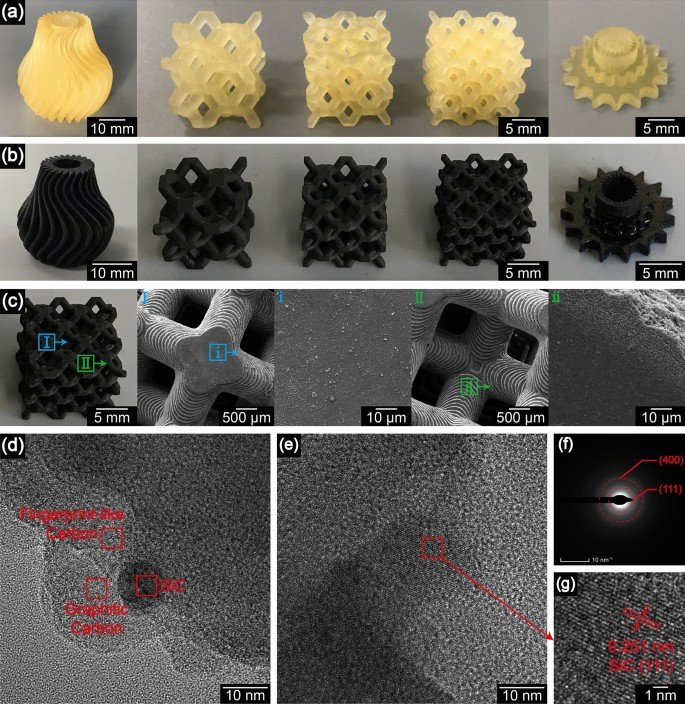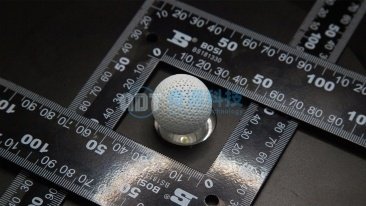
Ceramic 3D Printing Enables Complex Structures in Research
In materials science and advanced engineering, the ability to prototype complex geometries is not just a luxury—it’s a necessity. Traditional ceramic shaping methods like casting or machining often impose significant design limitations. This is where ceramic 3D printing steps in to change the game.
From Impossible to Printable
Researchers across fields are increasingly drawn to ceramic 3D printing due to its ability to fabricate internal channels, triply periodic minimal surfaces (TPMS), hollow lattices, and other designs previously considered unfeasible. These geometries are critical in:
- Heat exchangers with ultra-high surface area
- Energy materials with tailored porosity and conductivity
- Biomedical scaffolds requiring graded structures and bioactivity
Why Traditional Techniques Fall Short
Conventional ceramic manufacturing relies heavily on molds and subtractive techniques, which are incompatible with intricate internal voids or interlocking forms. Not only are such methods time-consuming, but they also require post-processing that often distorts fine details. In contrast, ceramic 3D printing—especially DLP and direct writing—offers tool-free fabrication with sub-millimeter precision.
Geometry Meets Material Integrity
At AdventureTech, our printers enable researchers to directly fabricate advanced ceramics like alumina, zirconia, silicon carbide, and even SiBCN metamaterials with structural fidelity. We support lattice designs, biomorphic forms, and gradient transitions in a single print cycle—no mold needed, no compromise on resolution.
Applications That Push the Limits
Universities and research labs are using ceramic 3D printing for:
- Fluidics systems with nested channels and chemical resistance
- High-temperature filters with engineered porosity
- Electromagnetic absorbers with fractal or metamaterial architecture
Conclusion
Complex doesn’t mean impossible. With the right ceramic 3D printer, researchers can move beyond 2D constraints and explore entirely new spatial design freedoms. As advanced labs demand ever more integrated material-function-geometry relationships, ceramic 3D printing is rapidly becoming a foundational tool in experimental science.
Ready to unlock new ceramic design possibilities? Visit AdventureTech to learn more or get in touch with our team.
More articles
Request A quote




